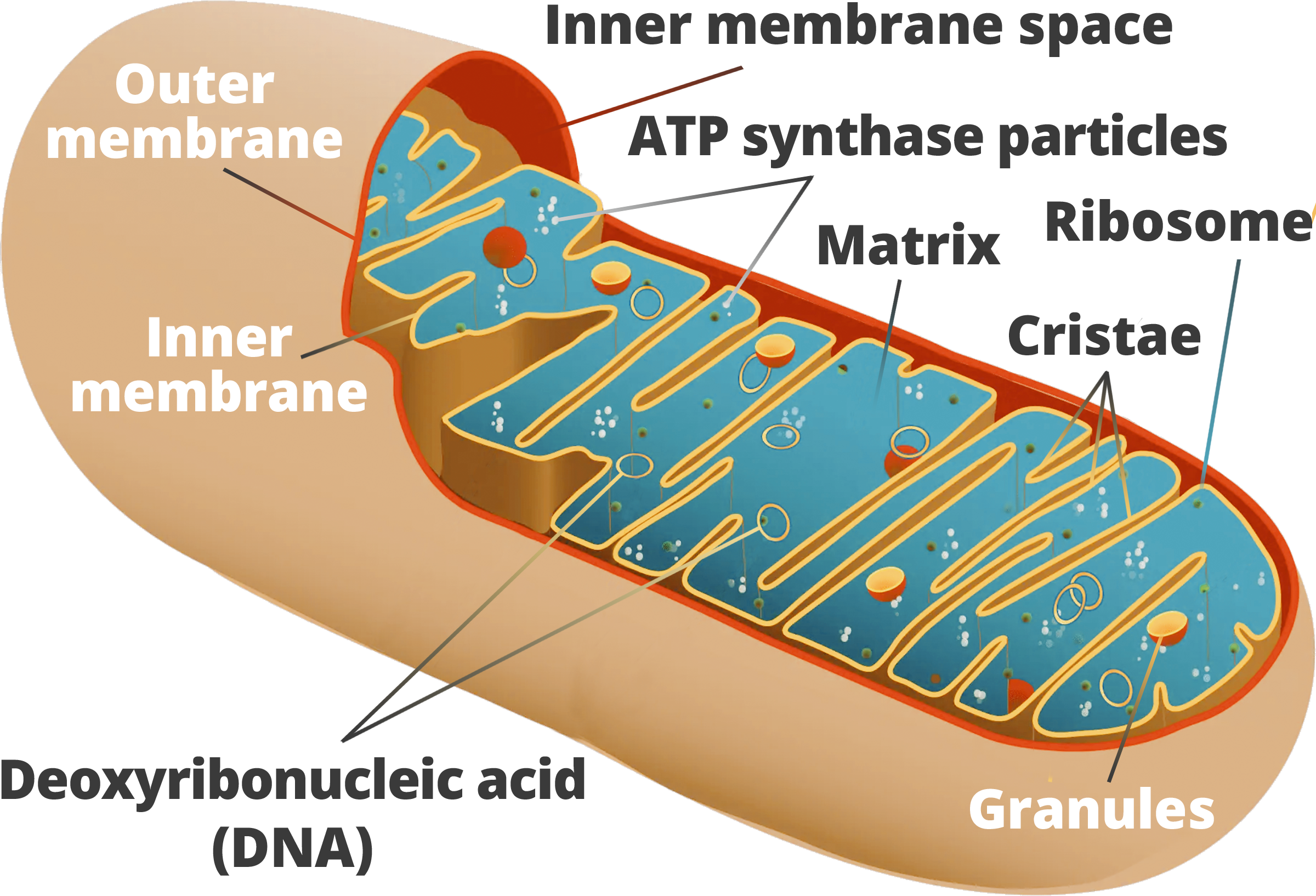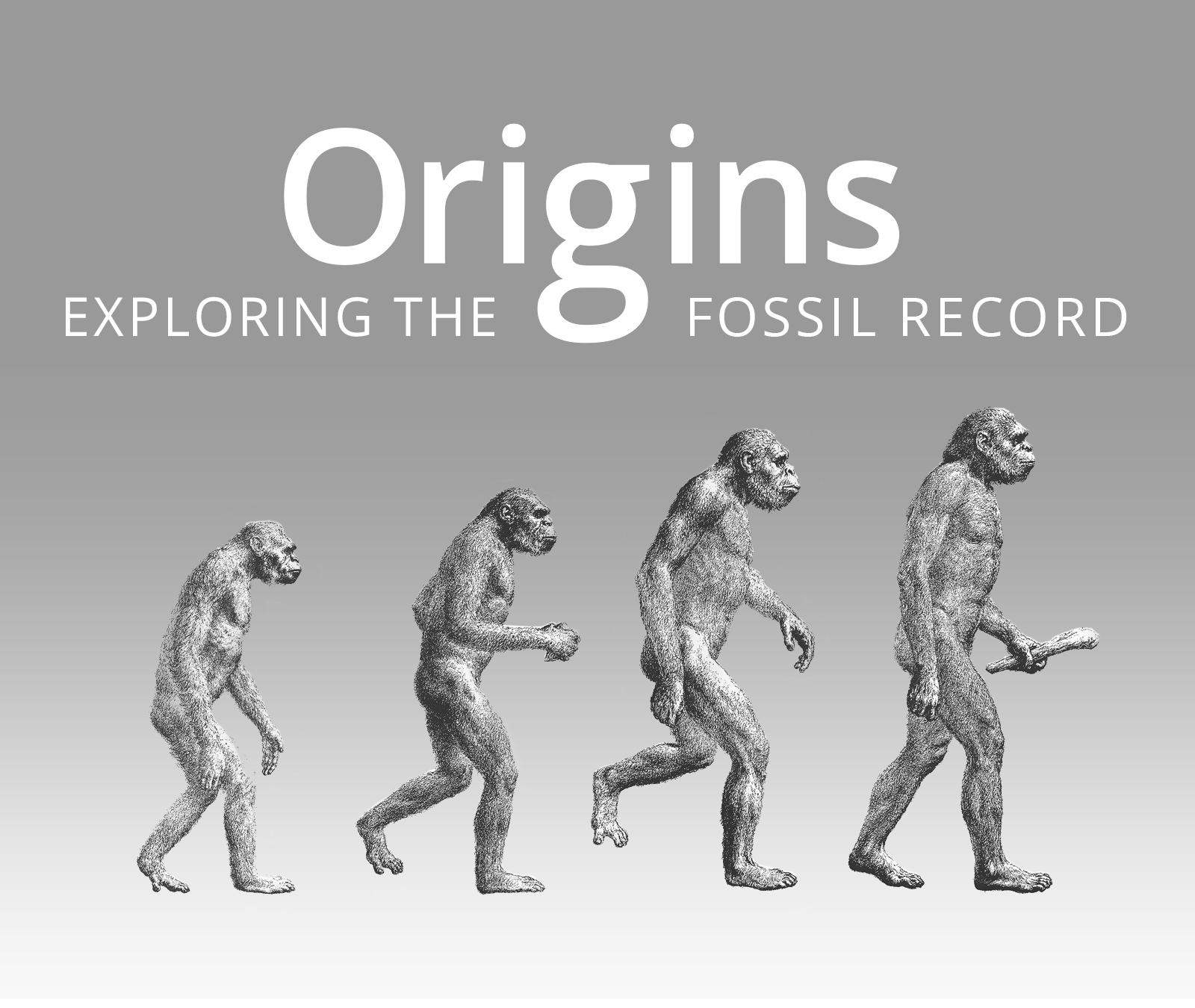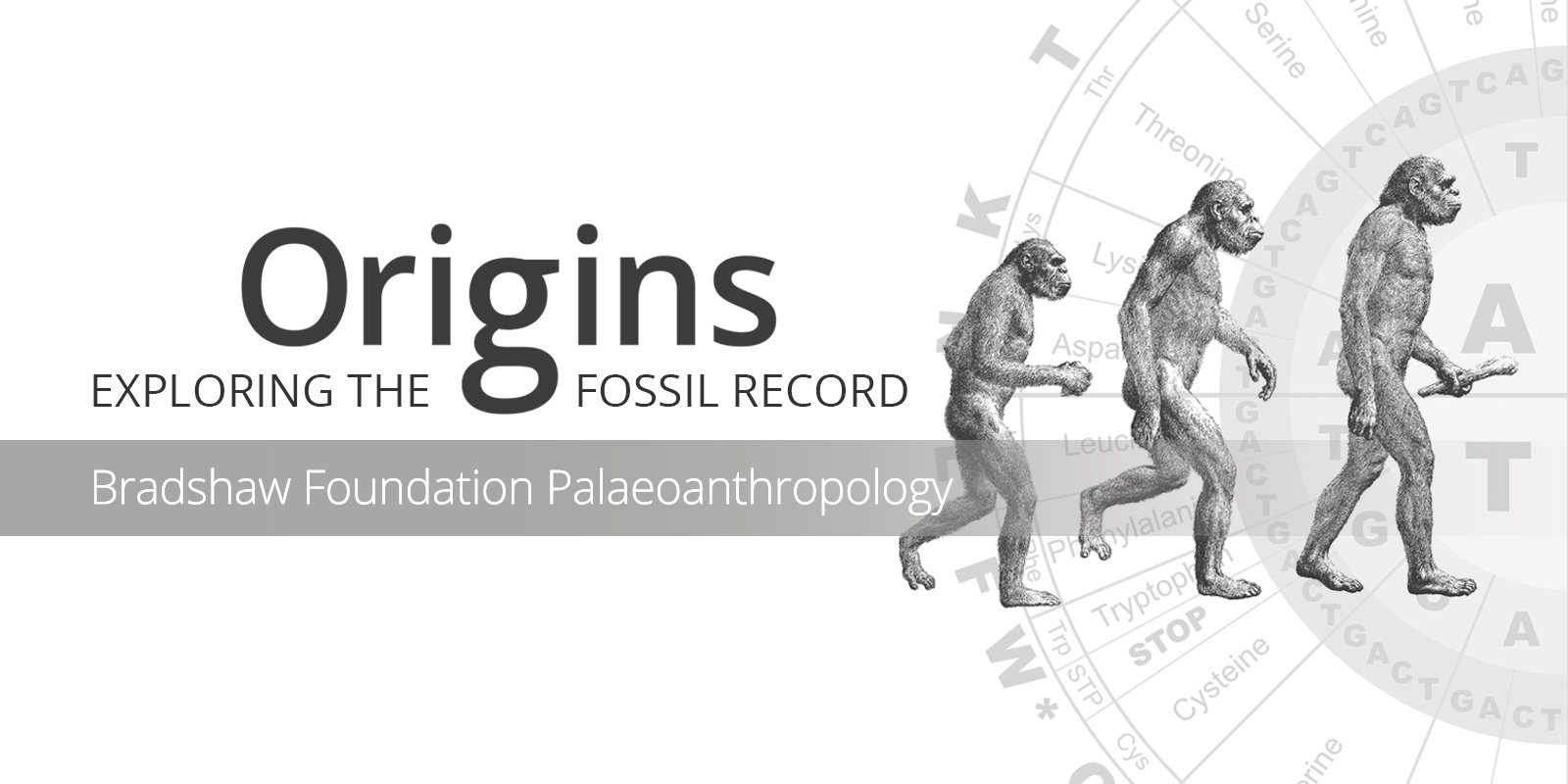Homo sapiens
Hominin traits
Archaeological industry/Technocomplex including art
Period in human prehistory: M = Mesolithic; N = Neolithic; B = Bronze Age; I = Iron Age;
Geological epoch
* Note: Table based past and current research and scientific consensus
Homo sapiens
Hominin traits
Archaeological industry/Technocomplex including art
Aur = Aurignacian; Mag = Magdalenian;
Grav = Gravettian; Sol = Solutrean
Period in human prehistory:
M = Mesolithic; N = Neolithic;
B = Bronze Age; I = Iron Age;
Geological epoch
* Note: Table based past and current research
and scientific consensus
Homo sapiens are primates of the Family Hominidae and are the only living species of their genus. This lineage originated 200 thousand years ago in Eastern Africa and have since spread to all corners of the world.
The Origins of Modern Humans
by Cassandra Turcotte
Center for the Advanced Study of Hominid Paleobiology (CASHP)
Several lines of evidence support a single African origin for Homo sapiens. For example, analysis of mitochondrial DNA has demonstrated that the greatest level of genetic diversity in modern humans occurs within the African continent, represented by the mtDNA macro-haplogroup L (Ingman et al. 2000). Mitochondrial DNA, of course, is passed from mother to daughter without recombination and thereby preserves a record of female descent to the matrilineal most recent common ancestor - the woman from whom all humans alive today descend (see Pakendorf and Stoneking 2005; van Oven and Kayser 2008).

Mitochondrial DNA has demonstrated that the greatest level of genetic diversity in modern humans occurs within the African continent
This woman, nicknamed Mitochondrial Eve, lived some time between 99 and 200 kyr in East Africa (Cann et al. 1987; Ayala 1995; Jorde et al. 1998). Her descendants gave rise to all present-day variation. Today, there are seven primary subclades of the L haplogroup (L0-L6), all of which present primarily in Africa. Diversity in all non-Africans, including Europeans, Asians and Native Americans, is a subset of the L3 haplogroup (Jorde et al. 1998; van Oven and Kayser 2008).
The earliest human fossils also come from Africa. More specifically, these fossils are found in Ethiopia. The fossil skulls at Omo Kibish attributed to modern Homo sapiens (Day 1969) date all the way back to ~195 kyr (McDougall et al. 2005). Additional finds from Herto Bouri, Ethiopia, dated to ~160 kyr, were characterized as morphologically primitive anatomically modern humans (White et al. 2003; Clark et al. 2003), which the authors refer to as Homo sapiens idaltu to differentiate them from later Homo sapiens sensu stricto. Both are part of the same species, though earlier
Homo sapien idaltu is thought to preserve more archaic morphology such as increased robusticity, prognathism and lack of chin (White et al. 2003; McBrearty and Brooks 2000). H. sapiens are defined in contrast to earlier specimens by a more globular cranium, prevailing orthognathism, and skeletal gracility on top of behavioral modernity (McBrearty and Brooks 2000).
The fossilized remains of Homo sapiens idaltu were discovered in 1997 by Tim White at Herto Bouri near the Middle Awash site of Ethiopia’s Afar Triangle. Dating took place by the radioisotope method which analysed the volcanic layers containing the 3 cranial fossils [White 2003].
The morphology of the skulls display archaic features not found in the later Homo sapiens, but are still seen as the direct ancestors of modern Homo sapiens sapiens.
The remains discovered at Herto Bouri have been named 'Herto Man'. Experts claim the finds are complete enough to be identified as early modern humans, since they show the characteristic globular shape of the braincase and the facial features of our species. However, both the adult skulls are huge and robust, and also show resemblances to more primitive African fossils.
| HOMO SAPIENS / HOMO SAPIENS SAPIENS |
 |
| Genus: |
Homo |
| Species: |
Homo sapiens / sapiens sapiens |
| Other Names: |
• Modern Humans
• Cro-Magnon
• Omo |
| Time Period: |
• Homo sapiens
• 200,000 - 50,000 years ago
• Homo sapiens sapiens
• 50,000 years ago to Present |
| Characteristics: |
Modern, Migration, Art, More Gracile, Technological |
| Fossil Evidence: |
Fossil Specimens, Europe, Worldwide |
Mitochondrial DNA supports an initial dispersal of the L3 haplogroup from Africa into the Near East up to 70 kyr (Behar et al. 2008; Soares et al. 2012), with the possibility of subsequent dispersals across the Red Sea or through the Sinai. The timing of this expansion has been tied to an improvement in Central and Eastern African climate after 70 kyr (Soares et al. 2012). The earliest fossil evidence of modern humans outside of Africa occur in the Levant, where specimens in Skhul and Qafzeh, Israel date to around ~115 kyr. The disconnect between the early appearance of fossils outside of Africa and the relatively late mtDNA divergence suggests that, while humans made it out of Africa ~100-130 kyr, successful migrations did not occur until much later.

Anatomical comparison of the skulls of Homo sapiens sapiens (modern humans) and Homo neanderthalensis (right)
Indeed, human presence in the Levant is a tricky business, with transitions from
Neanderthal (e.g., in Tabun Cave) occupancy to modern human and back again (see Stringer 2001). The nature of the interactions between modern humans and
Neanderthals remains a hot topic in paleoanthropology today, with genetic evidence suggesting that the two may indeed have interbred (see Sankararaman 2012; Prüfer et al. 2014; Sankararaman 2014).
Skeletal evidence places modern humans in Australia possibly ca. 60 kyr in the Lake Mungo region (Stringer 1999; Thorne et al. 1999; Balme 2013; Long et al. 2014), and in China’s Tianyuan Cave by 40 kyr (Tong et al. 2004; Shang and Trinkaus 2010). Definitive evidence of modern humans in Central Asia and Europe, however, is complicated by a fragmentary fossil record and the presence of similar-looking
Neanderthal specimens. Recent work has identified ~45 kyr molars from Grotta del Cavallo in Italy as the first such remains of Homo sapiens in the region (Benazzi et al. 2011), followed by revised dates for the Kent’s Cavern, UK modern humans, placed to ~44 kyr (Higham et al. 2011). Settlement of the Americas occurred relatively late in the scheme of human evolution, delayed by the physical barrier of the Pacific Ocean until glacial periods lowered the sea level enough to expose a land bridge connecting modern day Siberia to Alaska (See Achilli et al. 2013; Meiri et al. 2014; Raff and Bolnick 2014).
An Out of Africa perspective on modern human origins and expansion contrasts what is known as the Multiregional model, where humans are believed to have evolved from specimens of ≈in situ around the world. In this way, regional differences accrued but species cohesion was maintained through genetic drift (Stringer and Andrews 1988; Wolpoff et al. 1994). This model expects transitional fossils outside of Africa and regional continuity in morphology. While there is some evidence of genetic admixture (Currat and Excoffier 2011; Prüfer et al. 2014), the long genetic and fossil history of H. sapiens in Africa paints a strong Multiregional view of modern human origins as problematic and the Out of Africa model a better fit of current evidence.

Cave paintings of Lascaux in France
Traditionally, modern human behavior was thought to arise suddenly and at once across Europe 40-50 kyr, implying quite a long lag between anatomical and behavioral modernity. On top of unfairly portraying preceding human populations as primitive, however, this view is inaccurate. Indeed, the components of behavioral modernity appear within the African Middle Stone Age (McBrearty and Brooks 2000). These activities represent manifestations of advanced cognitive behaviors: abstract thinking, planning, innovation, an appreciation of symbolism.
Indeed, modern humans developed a mastery of their environment and of technology beyond anything observed in earlier species (see McBrearty and Brooks 2000). As discussed, H. sapiens expanded out of Africa and across the world. Given the distribution of this species, it’s no surprise that they developed regional variation in their tools and cultural artifacts, whether it’s the traditional Acheulean handaxes of Stillbay, South Africa (Goodwin 1929) or the hafted points that characterize the Aterian in modern-day Morocco (Debénath 1994). Modern humans made novel use of new materials for their tools, such as bone and horn (Leakey 1971; Blackwell et al. 2008; Brooks et al. 1995; possibly Singer and Wymer 1982), and better lithic sources (e.g. Singer and Wymer 1982). These people engaged in different kinds of resource management, such as more specialized hunting (Klein 1994; Milo 1998) and the extraction of aquatic resources (Robbins et al. 1994). Human in Africa and beyond have also made extensive use of ornamentation and the production of symbolic artifacts. In the African Late Stone Age, for example, ostrich eggshell beads in South Africa are exceedingly common from at least 26 kyr (White Paintings Rock Shelter: Kokis et al. 1998; Robbins 1999). The same kind of beads are observed in Kenya and Tanzania from 37-40 kyr (Ambrose 1998), and pigmented bone ornaments can be found from
Blombos, South Africa by 73 kyr (Henshilwood and Sealey 1997). This foundation of behavioral advancement can be seen in all the regions that modern humans eventually occupied.
One of the more familiar examples comes from the Upper Paleolithic of Europe, where early human settlers left behind a rich assemblage of cultural artifacts. Because the first such specimen was discovered in the Abri de Cro-Magnon rock shelter in Les Eyzies-de-Tayac-Sireuil in southwestern France, these humans were nicknamed Cro-Magnons and were responsible for well-known
ancient works of art such as the
cave paintings of Lascaux, the
Venus figurines, and the Aurignacian technocomplex.
Of course, humans still exist today, pushing the envelope of cultural and technological evolution to ever more spectacular limits. The physical and behavioral modernity of this species have their roots in Africa and subsequently spread around the globe, replacing earlier hominins either through competition or hybridization. The implications of a single successful exit are highly significant, and lie at the core of the
Journey of Mankind Genetic Map.
The question of course is now ‘will the Homo genus keep evolving?’ Moreover, what other discoveries will help explain the ‘untidy tree’ of evolution?
Achilli A, Perego UA, Lancioni H, Olivieri A, Gandini F, Kashani BH, Battaglia V, Grugni V, Angerhofer N, Rogers MP, Herrera RJ, Woodward SR, Labuda D, Smith DG, Cybulski JS, Semino O, Malhi RS and A Torroni (2013) Reconciling migration models to the Americas with variation of North American native mitogenomes. PNAS 110.35: 1-6.
Ambrose SH (1998) Chronology of the Later Stone Age and food production in East Africa. J Archaeol Sci 25: 377-392.
Ayala FJ (1995) The myth of Eve: molecular biology and human origins. Science 270:263-291.
Balme J (2013) Of boats and string: the maritime colonisation of Australia. Quat Int 285: 68-75.
Behar DM, Villems R, Soodyal H, Blue-Smith J, Pereira L, Metspalu E, Scozzari R, Makkan H, Tzur S, Comas D, Bertranpetit J, Quintana-Murci L, Tyler-Smith C, Wells RS and S Rosset (2008) The dawn of human matrilineal diversity. Cell Press 82.5: 1130-1140.
Benazzi S, Douka K, Fornai C, Bauer CC, Kullmer O, Svoboda J, Pap I, Mallegni F, Bayle P, Coquerelle M, Condemi S, Ronchitelli A, Havarti K and GW Weber (2011) Early dispersal of modern humans in Europe and implications for Neanderthal behavior. Nature 479: 525-528.
Blackwell L, d’Errico F and L Wadley (2008) Middle Stone Age bone tools from the Howiesoons Poort layers, Sibudu Cave, South Africa. J Archaeol Sci 35.6: 1566-1580.
Brooks AS (1995) L’Aurignacien de l’abri Pataud niveaux 6 a 14. Ed. H. M. Bricker. In Le Paléolithique Supérieur de l’Abri Pataud (Dordogne): Les Fouilles de H. L. Movius, Jr. Paris: Documents d’Archéologie Française, Maison des Sciences de l’Homme.
Cann RL (1988) DNA and human origins. A. Rev. Anthropol 17: 127-143.
Clark JD, Beyene Y, WoldeGabriel G, Hart WK, Renne PR, Gilbert H, Defleur A, Suwa G, Katoh S, Ludwig KR, Boisserie J-R, Asfaw B and TD White (2003) Stratigraphic, chronological and behavioral contexts of Currat M and L Excoffier (2011) Strong reproductive isolation between humans and Neanderthals inferred from observed patterns of introgression. Proc Natl Acad Sci 108: 15129-15132.
Day MH (1969) Omo human skeletal remains. Nature 222: 1135-1138.
Debénath A (1994) L’Atérien du nord de l’Afrique du Sahara. Sahara 6: 21-30.
Goodwin AJH (1929) An introduction to the Middle Stone Age in South Africa. S Afr J Sci 25: 410-418.
Henshilwood C and JC Sealey (1997) Bone artefacts from the Middle Stone Age at Blombos Cave, Southern Cape, South Africa. Curr Anthropol 38: 890-895.
Higham T, Compton T, Stringer C, Jacobi R, Shapiro B, Trinkaus E and B Chandler (2011) The earliest evidence for anatomically modern humans in northwestern Europe. Nature 479.7374: 521-524.
Ingman M, Kaessmann H, Pääbo S and U Gyllensten (2000) Mitochondrial genome variation and the origin of modern humans. Nature 408: 708-713.
Jorde LB, Bamshad M and AR Rogers (1998) Using mitochondrial and nuclear DNA markers to reconstruct human evolution. BioEssays 20.2: 126-136.
Klein RG (1994) Southern Africa before the Iron Age in Integrative Pathways to the Past: Paleoanthropological investigations in honor of F. Clark Howell. Eds. RS Corrucini and RL Ciochon. Prentice Hall, New Jersey.
Kokis JE, Hare PE and AS Brooks (1998) Stratigraphic analysis of White Paintings Shelter, Botswana, using isoleucine epimerization in ratite eggshell. Amino Acids 15: 280-281.
Leakey MD (1971) Olduvai Gorge, Vol. 3: Excavations in Beds I and II, 1960-1963. Cambridge: Cambridge University Press.
Long K, Stern N, Williams IS, Kinsley L, Wood R, Sporcic K, Smith T, Fallon S, Kokkonen H, Moffat I and R Grün (2014) Fish otolith geochemistry, environmental conditions and human occupation at Lake Mungo, Australia. Quat Sci Rev 88: 82-95.
McBrearty S and AS Brooks (2000) The revolution that wasn’t: A new interpretation of modern human behavior. J Hum Evol 39: 453-563.
McDougall I, Brown FH and JG Fleagle (2005) Stratigraphic placement and age of modern humans from Kibish, Ethiopia. Nature 433: 733-736.
Meiri M, Lister AM, Collins MJ, Tuross N, Goebel T, Blockley S, Zazula GD, van Doorn N, Guthrie RD, Boeskorov GG, Baryshnikov GF, Sher A and I Barnes (2014) Faunal record identifies Bering isthmus conditions as constraint to end-Pleistocene migration to the New World. Proc R Soc B 281: 1-9.
Milo R (1998) Evidence for hominid predation at Klasies River Mouth, South Africa, and its implications for the behavior of early modern humans. J Archaeol Sci 25: 99-133.
Pakendorf B and M Stoneking (2005) Mitochondrial DNA and human evolution. Annu Rev Genomics Hum Genet 6: 165-183.
Prüfer K, Racimo F, Patterson N, Jay F, Sankararaman S, Sawyer S, Heinze A, Renaud G, Sudmant PH, de Filippo C, Li H, Mallick S, Dannemann M, Fu Q, Kircher M, Kuhlwilm M, Lachmann M, Meyer M, Ongyerth M, Siebauer M, Theunert C, Tandon A, Moorjani P, Pickrell J, Mullikin JC, Vohr SH, Green RE, Hellmann I, Johnson PLF, Blanche H, Cann H, Kitzman JO, Shendure J, Eichler EE, Lein ES, Bakken TE, Golovanova L, Doronichev VB, Shunkov MV, Derevianko AP, Viola B, Slatkin M, Reich D, Kelso J and S Pääbo (2014) The complete genome sequence of a Neanderthal from the Altai Mountains. Nature 505: 43-49.
Raff JA and DA Bolnick (2014) Palaeogenomics: Genetic roots of the first Americans. Nature 506: 162-163.
Robbins et al. (1994) Barbed bone points, paleoenvironment and the antiquity of fish exploitation in the Kalahari Desert, Botswana. J Field Archaeol 21: 257-264.
Robbins LH, Murphy ML, Brooks GA, Ivester A, Campbell AC, Klein RG, Milo R, Brooks AS, Kokis JE and W Downey (1999) Archaeology, paleoenvironment and chronology of the White Paintings Rock Shelter, Tsodilo Hills, northwest Kalahari Desert, Botswana. J. Archaeol Sci.
Sankararaman S, Patterson N, Li H, Pääbo S and D Reich (2012) The date of interbreeding between Neanderthals and modern humans. PLoS Genetics 8.10.
Sankararaman S, Mallick S, Dannemann M, Prüfer K, Kelso J, Pääbo S, Patterson N and D Reich (2014) The genomic landscape of Neanderthal ancestry in present-day humans. Nature 507: 354-357.
Shang H and E Trinkaus (2010) The early modern human from Tianyuan Cave. Texas A&M University Press: College Station, TX.
Singer R and J Wymer (1982) The Middle Stone Age at Klasies River Mouth in South Africa. Chicago: University of Chicago Press.
Soares P, Alshamali F, Pereira JB, Fernandes V, Silva NM, Afonso C, Costa MD, Musilova, Macaulay V, Richards MB, Cerny V and L Pereira (2012) The expansion of mtDNA haplogroup L3 within and out of Africa. Mol Biol Evol 29.3: 915-927.
Stringer CB and P Andrews (1988) Geneetic and fossil evidence for the origin of modern humans. Science 239: 1263-1268.
Stringer CB (1999) Has Australia backdated the Human Revolution? Antiquity 73: 876-879.
Stringer C (2001) Modern human origins: progress and prospects. Phil Trans R Soc Lond B 357: 563-597.
Thorne A , Grun R, Mortimer B, Spooner N, Simpson J, McCulloch M, Taylor L and D Curnoe (1999) Australia’s oldest human remains: age of the Lake Mungo 3 skeleton. J Hum Evol 36: 591-612.
Tong HW, Shang H, Zhang SQ and FY Chen (2004) A preliminary report on the newly found Tianyuan Cave, a Late Pleistocene human fossil site near Zhoukoudian. Chin Sci Bull 49.8: 853-857.
van Oven M and M Kayser (2008) Updated comprehensive phylogenetic tree of global human mitochondrial DNA variation. Human Mutation 1039: 386-394.
White TD, Asfaw B, DeGusta D, Gilbert H, Richards GD, Suwa G and FC Howell (2003) Pleistocene Homo sapiens from Middle Awash Ethiopia. Nature 423: 742-747.
Wolpoff M, Thorne AG, Smith FH, Frayer DW and GG Pope (1994) Multiregional evolution: A world-wide source for modern human populations in Origins of anatomically modern humans. Springer, USA.
















